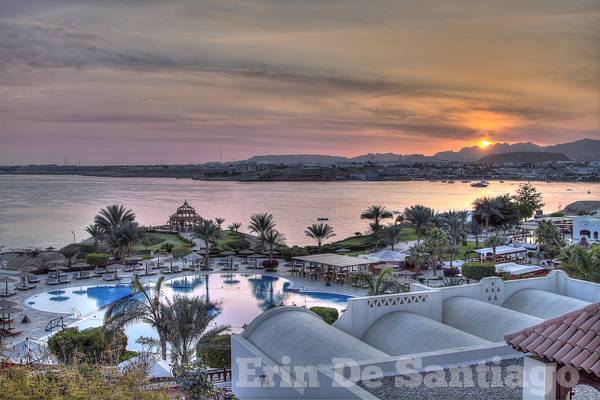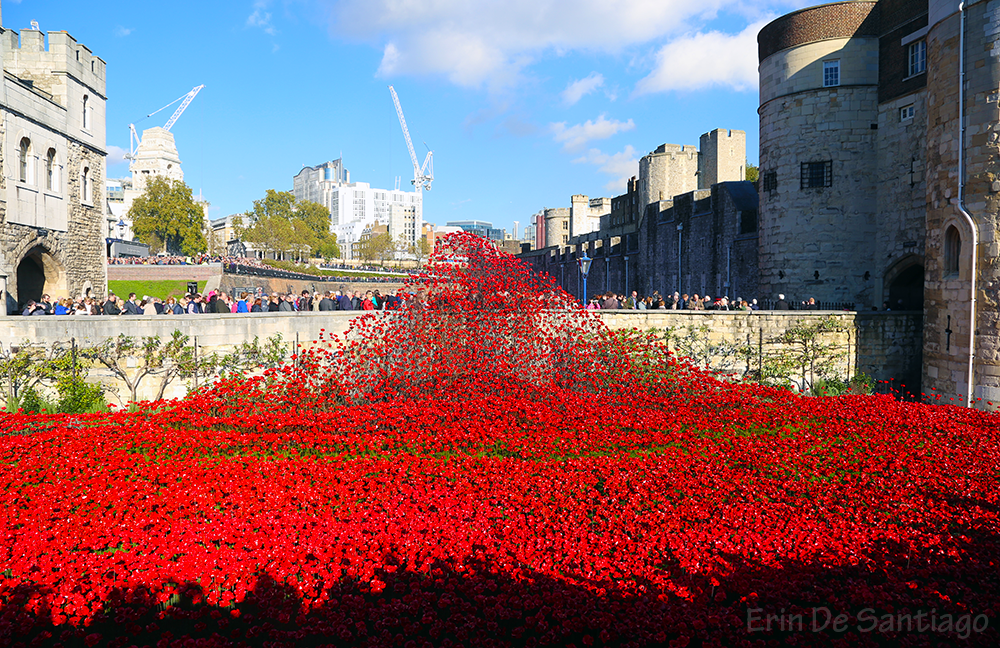
The Tower of London Poppies Installation
To the shock and horror of many of my travel colleagues and friends, last week was my first visit to London…ever!
It’s not that I didn’t want to visit London, just other destinations have always won out in the past. So, when the travel-schedule stars aligned and I was actually home in Europe this time of year to attend London’s huge World Travel Market (WTM), it was finally time to book a trip.
For the last several months, I’ve seen photos of the spectacular limited-run ceramic poppy installation at the Tower of London, and that became the only thing on my “must do” list, as everything else will be there still when I visit London again (and I will visit again, I promise!)
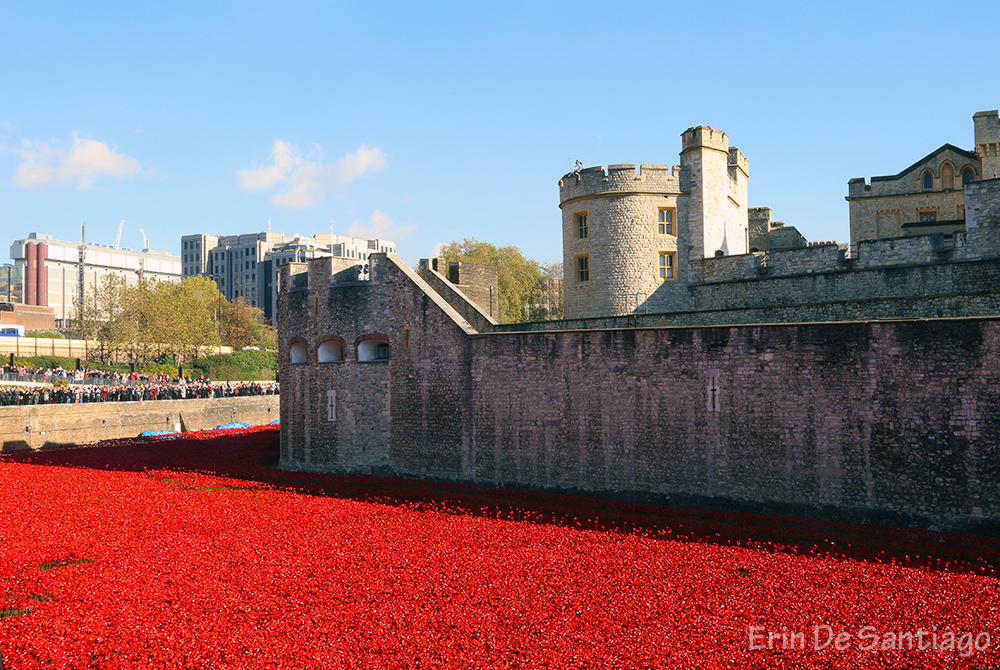
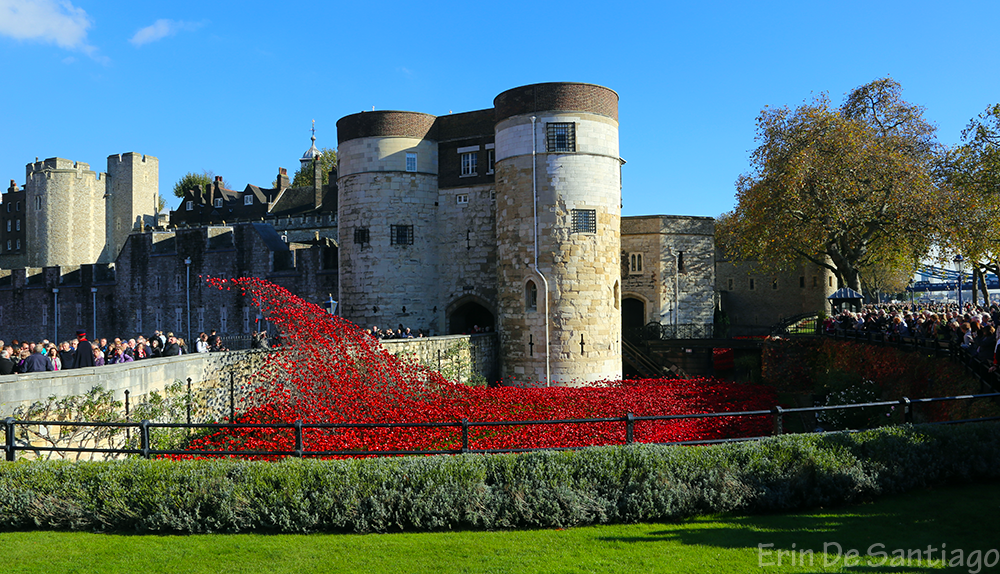
I’ve been massively sick with a sinus infection since I was in Greece last month, and of course, it resurfaced on my only planned day of sightseeing in London before the WTM Conference started. I ended up spending the entire day in bed, but given it was raining most of the day, it would’ve been pretty miserable out. The skies cleared for the afternoon during one day of the conference so I took advantage of a couple hours between meetings to head over to see the poppies…as did most of London it seemed.
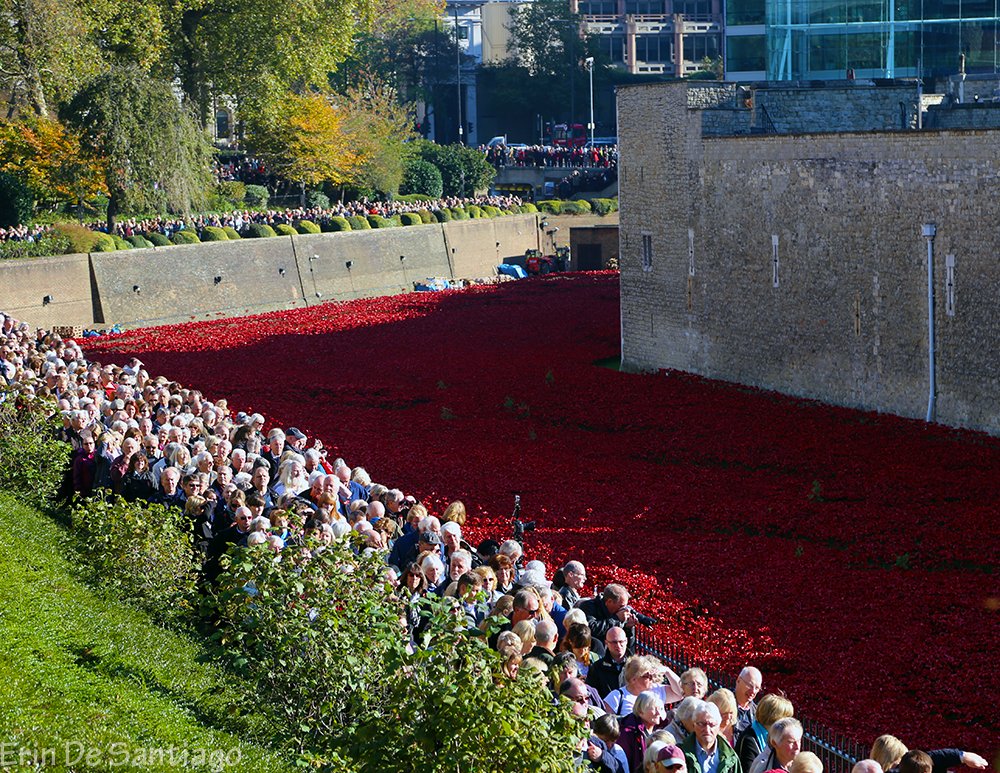
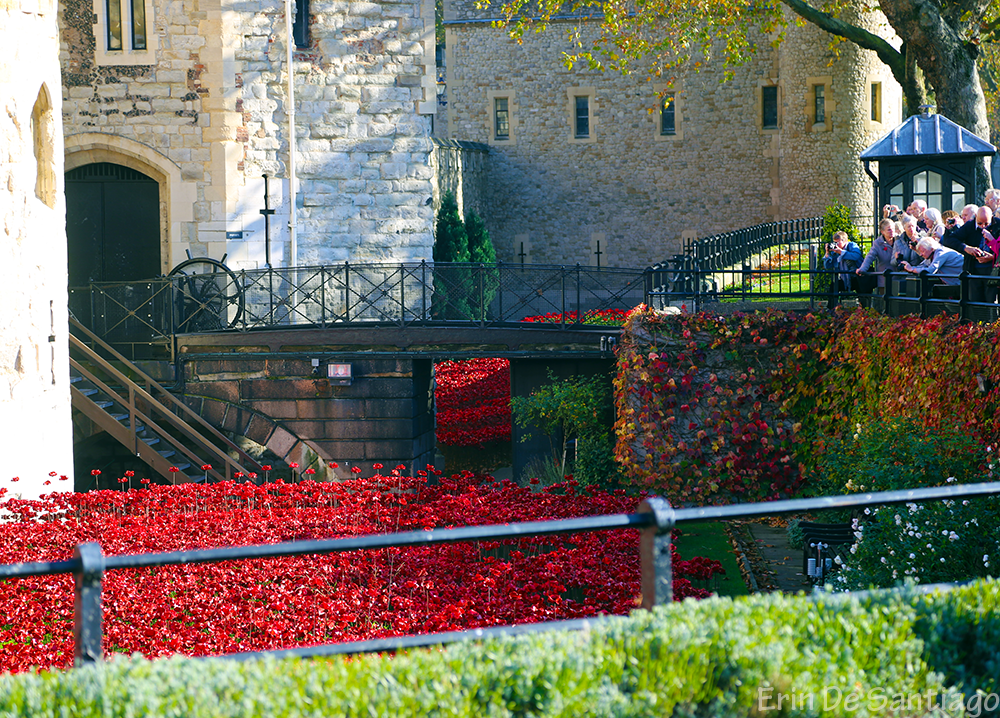
For those not familiar with the exhibit, it’s called Blood Swept Lands and Seas of Red. 2014 marks 100 years since Britain’s involvement in WWI, prompting the dramatic installation. Ceramic artist Paul Cummins and Stage Designer Tom Piper progressively filled the Tower of London’s famous moat with 888,246 poppies — each of these representing a British military fatality during the war.

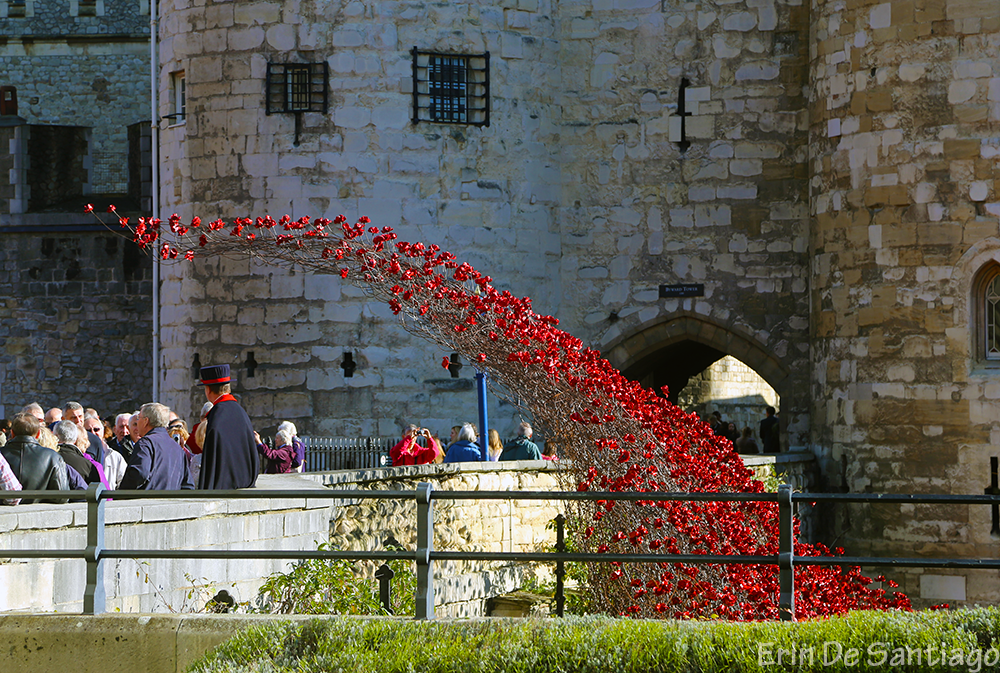
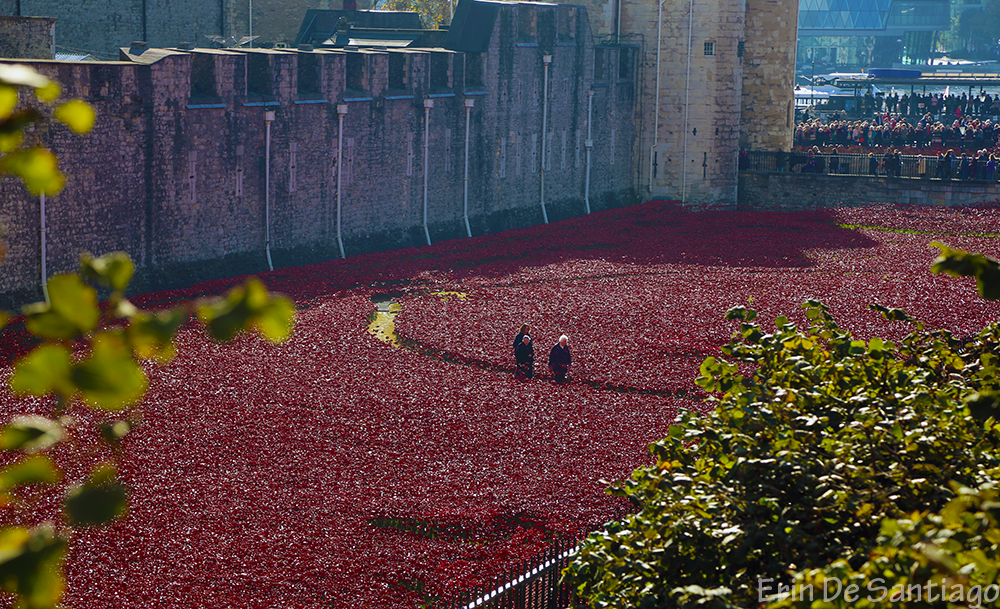
Last week saw a huge increase in visitors to the poppies given it was the week leading up to Remembrance Day on November 11. I had heard from several other bloggers that the crowds were pretty massive, so much so that the London Underground closed the Tower of London Station all weekend long. As we were arriving to the tower, we overheard there was an approximately three-hour line to walk the path of the poppies along the tower! We had afternoon meetings scheduled for WTM later that day and couldn’t spend that long, so we stayed above in the areas that were only five to six people deep until we could at least get up and see some of the art installation.

The poppy display opened in August with the installation continuing to evolve as more poppies were “planted.” The dramatic last poppy was planted yesterday during a ceremony for Remembrance Day. The poppy flower, or remembrance poppy as it’s called in this case, has been a symbol of Remembrance Day dating back to the end of World War I, inspired by the poem “In Flanders Fields.” The opening lines of the poem talked about the wealth of poppies that were the first flowers to grow in the churned up graves of soldiers in Flanders.
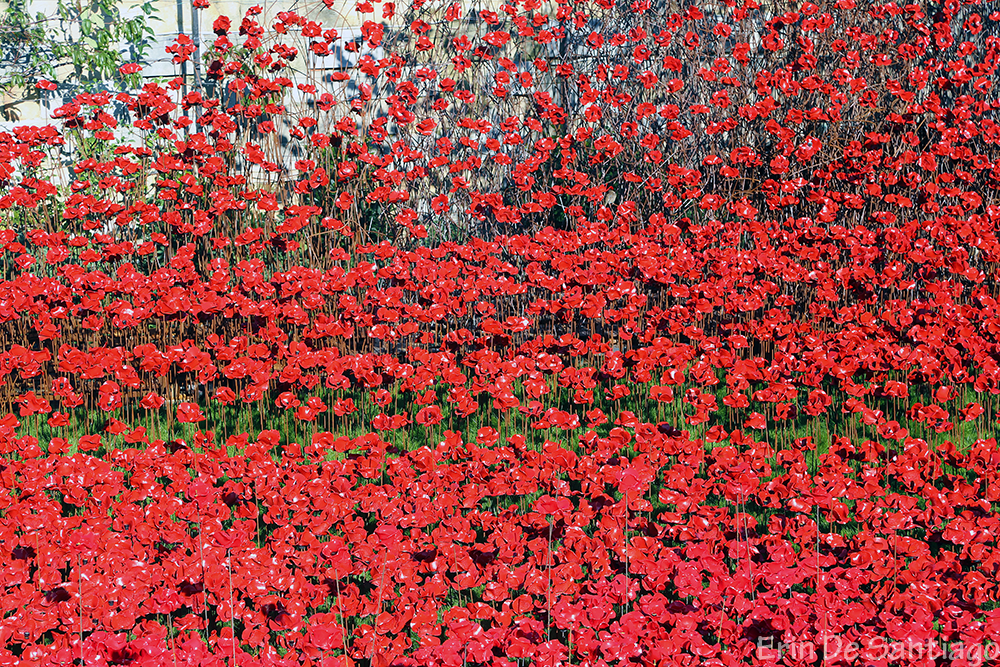
The plan was to also sell the poppies once the exhibit ended to raise money for six service related charities. There was such an overwhelming response to this that all of ceramic poppies have been sold out for several weeks. Visitors to the Tower of London could buy paper poppies to wear on your jacket or shirt lapel. It was moving to wander the streets of London and through the WTM conference and see so many people wearing red poppies — even the Flanders booth at WTM featured the use of poppies.
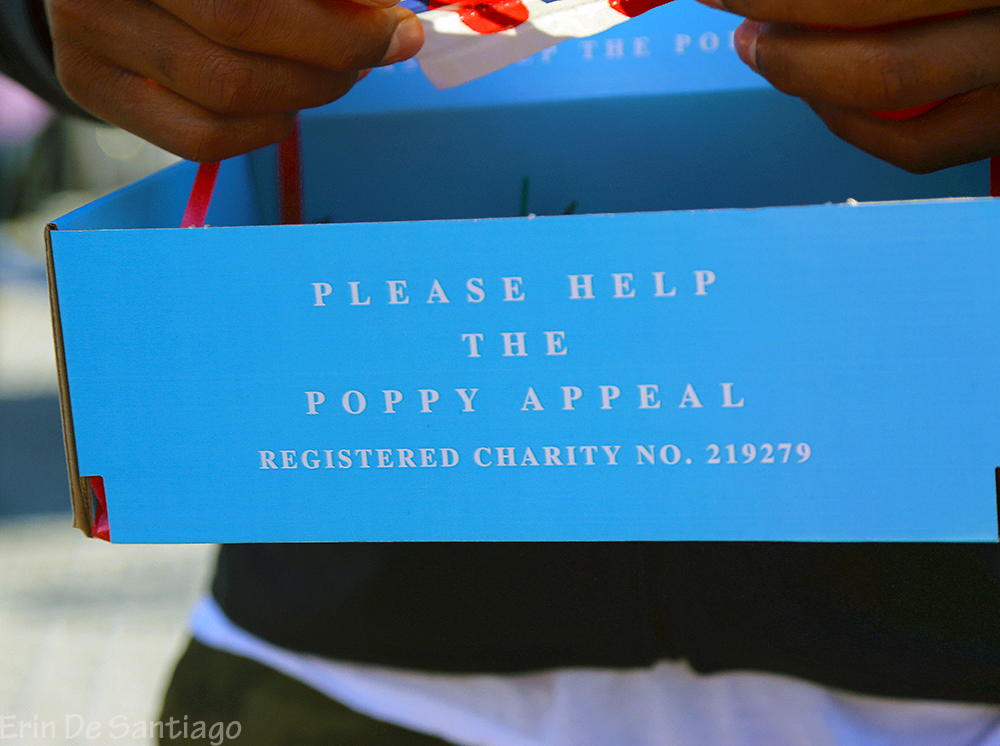
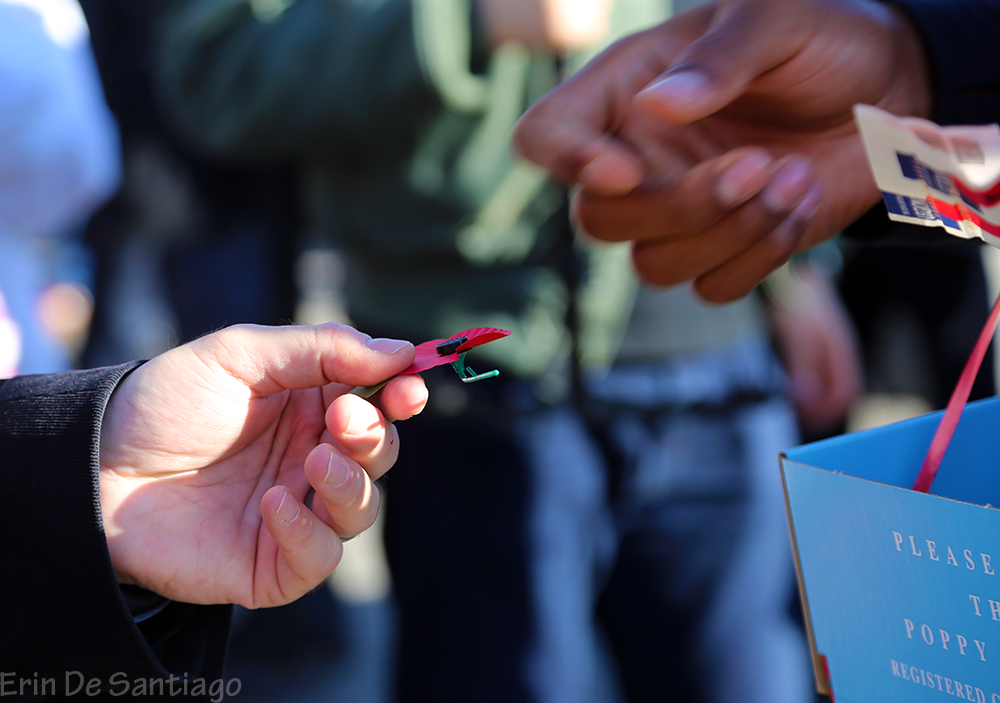
Aside from being stunning to view, the work that went into Cummins’ display is impressive. The potters who created the handmade pieces employed techniques used by potters during the first World War. The inspiration for Cummins’ exhibit came from a line in the will of a Derbyshire man who died in Flanders. The soldier knew everyone around him was dead and there was blood everywhere, he wrote, “The blood swept lands and seas of red, where angels fear to tread.”
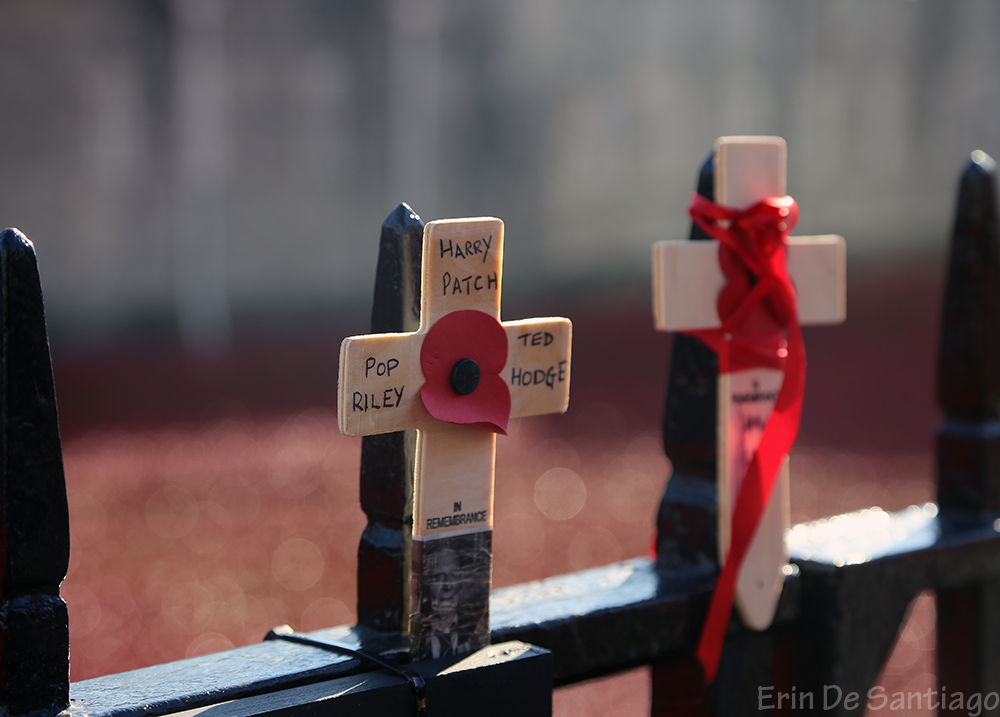
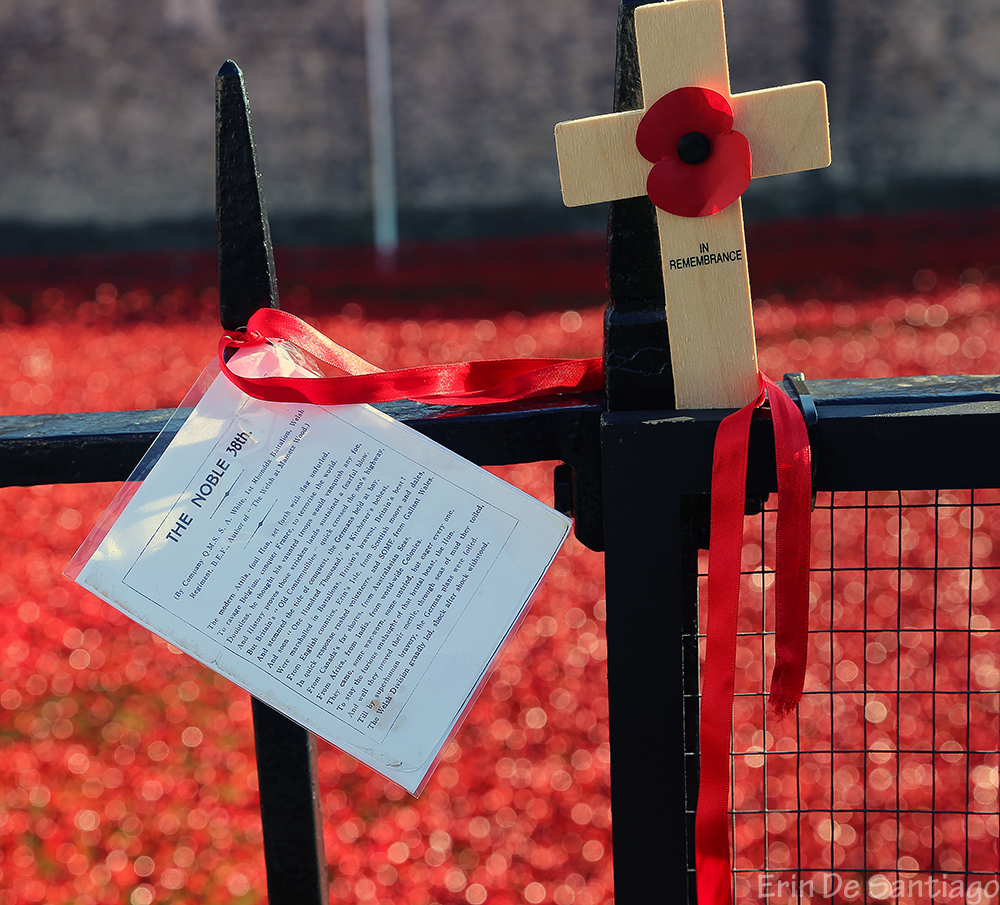
One of the most photographed sections of the poppy installation was the “weeping window,” a portion of the installation that shows the poppies flowing out from a tower window, meant to symbolize the blood spilling over from the soldiers killed in battle.
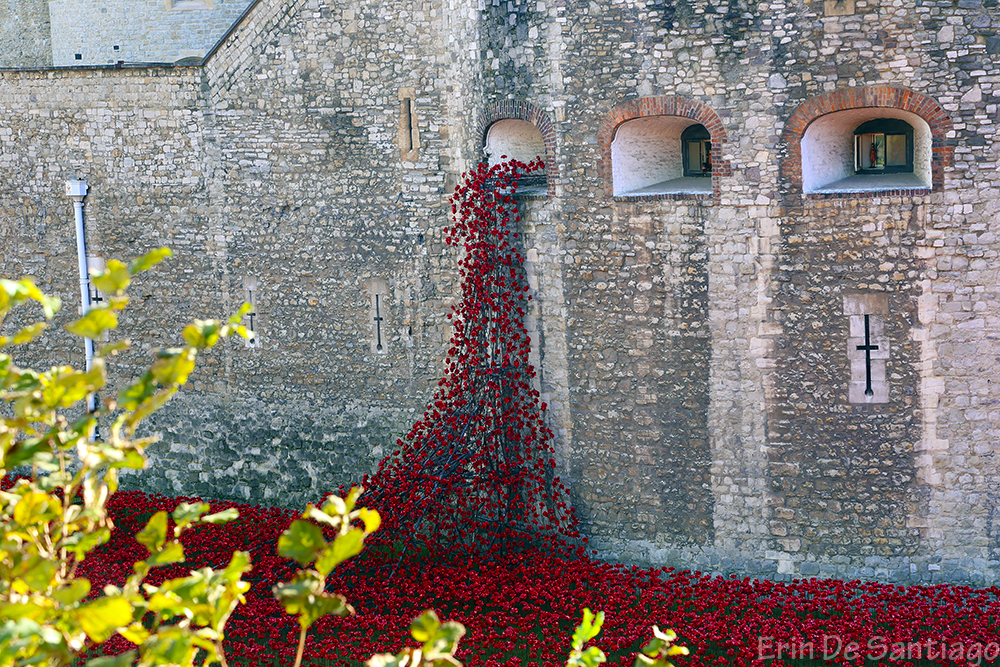
If you are interested in learning more about the work that went into creating the poppies, the Historic Royal Palaces released an interesting behind the scenes video of the making of the ceramic poppies.

